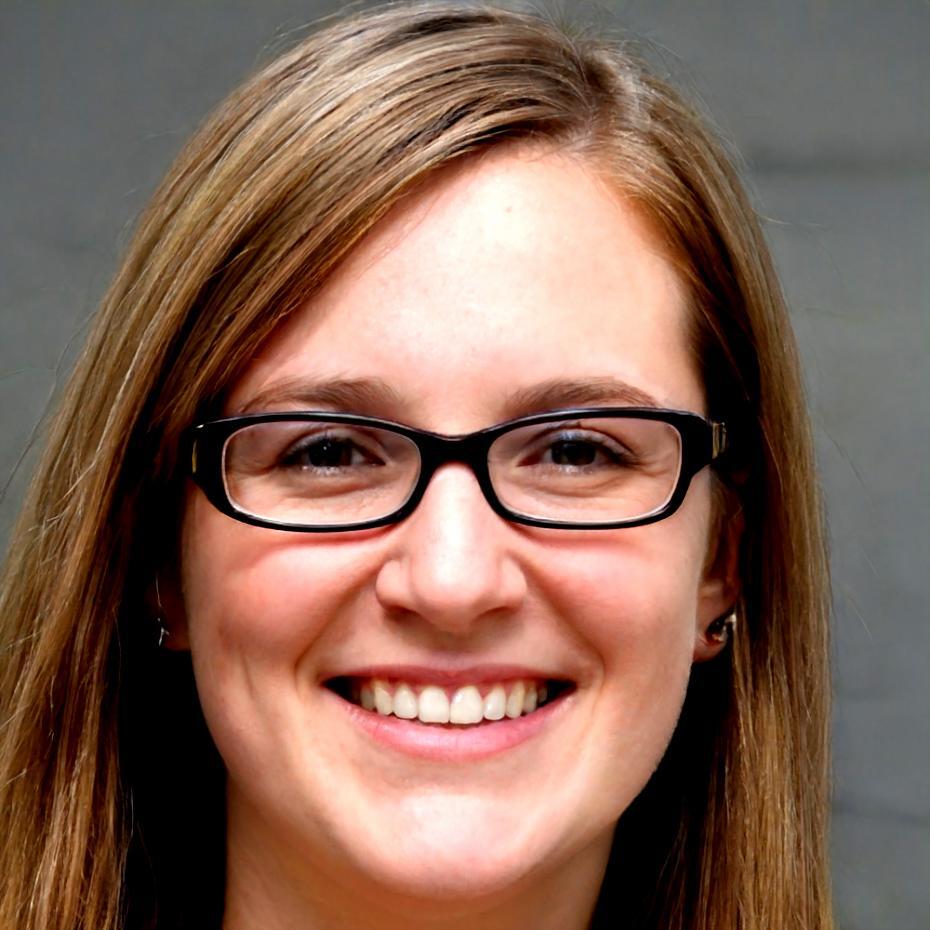Real People, Real Progress
Meet Petra, a Brisbane café owner who thought spreadsheets were her enemy. After working with us through autumn 2024, she now runs monthly scenario models without breaking a sweat.
Her story isn't about overnight miracles. It's about steady progress and practical tools that actually fit into a busy schedule.

Petra Kowalski
Owns two specialty coffee shops in Brisbane's inner suburbs. Been in business since 2019 and was managing finances with a mix of notebooks and outdated software.
Petra came to us in March 2024 feeling overwhelmed. She knew her cafés were doing okay, but couldn't answer basic questions about whether she could afford a third location or handle a rent increase. Every decision felt like guesswork.
How Things Unfolded
April 2024 – First Workshop
We started with the basics. Petra learned how to build simple what-if scenarios around her biggest costs: coffee beans, staff wages, and rent. No fancy software yet, just understanding the concepts.
May–June 2024 – Practice Phase
She spent these months testing different scenarios on paper. What happens if bean prices jump 15%? Can she absorb a wage increase? The practice sessions were messy but valuable.
July–September 2024 – Digital Tools
Once comfortable with the logic, we introduced proper modeling software. Petra could now run multiple scenarios in minutes instead of hours. She tested everything from seasonal fluctuations to equipment failures.
October 2024 Onwards
By late 2024, scenario modeling became part of her monthly routine. She makes decisions based on data she trusts because she built the models herself.
What Changed
Reduced time spent on financial planning from 8 hours to 2 hours monthly
Built confidence to negotiate better supplier contracts using scenario data
Created backup plans for three different economic situations
Made an informed decision to delay third location until mid-2025
The Practical Side of Progress
What surprised Petra most was how scenario modeling changed her conversations with her accountant and bank manager. Instead of vague plans, she could show specific projections backed by data she understood.
She's not running a perfect financial operation. But she knows where her business stands and has contingency plans ready. That peace of mind is worth more than any specific dollar amount.
"I used to dread financial meetings because I felt lost. Now I walk in with three scenarios printed out and we have actual conversations about strategy instead of me just nodding along."
— Petra Kowalski, January 2025
Real scenario planning happens with clear data, steady learning, and tools that match your business rhythm.